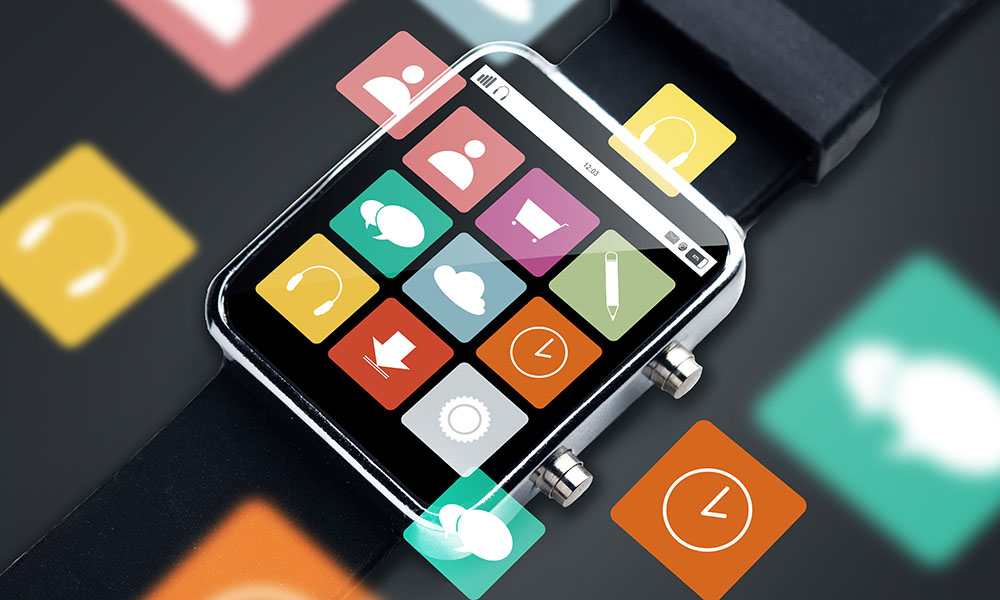
Wearable Tech for Small Businesses and Entrepreneurs
According to rumour, Amazon is developing “smart glasses” to work with Alexa, while Google is working on Google Glass 2, which it presumably hopes will be vastly more successful than the original, highly hyped but ultimately unsuccessful Google Glass.
Both of these products enhance the way you live in the real world. There are also increasing numbers of virtual reality headsets seen at technology shows and gaming conventions and, more and more, used in everyday situations, especially by gamers.
Right now, however, it has to be said that wearing “super glasses” of any description on a day-to-day basis seems to be a step too far for many people. Wearing technology on other parts of your body, however, seems to be another matter.
Where people are wearing technology right now
Even though people seem to be (currently) unwilling to cover their eyes with wearable tech, they seem to be more than happy to cover their ears with it. Commuter trains are filled with people using Bluetooth heads to do double duty as earphones for music and headsets for phone calls. They are also becoming more popular in office environments for the simple reason that they reduce the “cable clutter”, which has become one of the banes of modern life.
People also seem to be happy to wear technology on their wrists. Smart watches have quickly become “must have” accessories for many business people since they make it possible for people to access the most essential features of their indispensable smartphones without having to get said phone out of a bag or pocket. Plus, increasingly, many of them actually look good.
Google has taken this idea one step further and partnered with Levi’s to produce the Levi’s Commuter Trucker Jacket. This is aimed at people on the go (or in really cramped spaces) who want to access a minimal level of functionality right from their jacket sleeve – it also looks good.
Where will people be wearing technology in the future?
In spite of the failure of the original Google Glass, it is highly likely that, at some point in the future, “smart glasses” could become an essential business tool. The adoption will probably start in areas where the user’s appearance is of minimal importance but where accuracy, precision and speed of response are paramount, for example in highly technical occupations and/or medical environments (human or animal).
Once smart glasses reach a stage when they actually look good and feel comfortable, as well as performing effectively, then the door opens for them to be incorporated into many different environments, particularly those where staff need quick access to information and/or an easy means to share it.
It is, however, highly likely that smart glasses would only be used as and when required since direct eye contact plays a hugely important role in human communications.
Whereas only a few years ago, the idea of wearable tech seemed a million miles away, Apple watches and FitBits have already taken over many people’s tech interactions and they are seen as normal attire in the workplace as well as at home. Add wireless ear buds into the mix, and whatever the next big trend will be, and wearable tech will take over business life when it is primed and ready to work effectively and efficiently, compared to its non-wearable counterparts.



